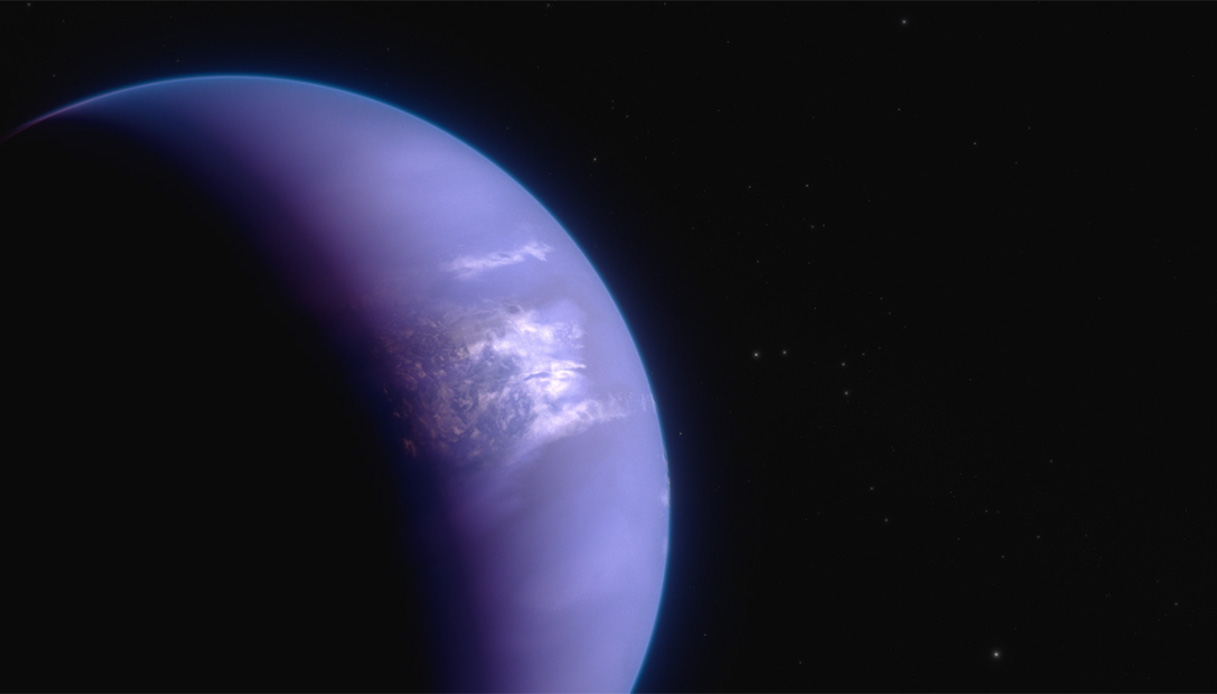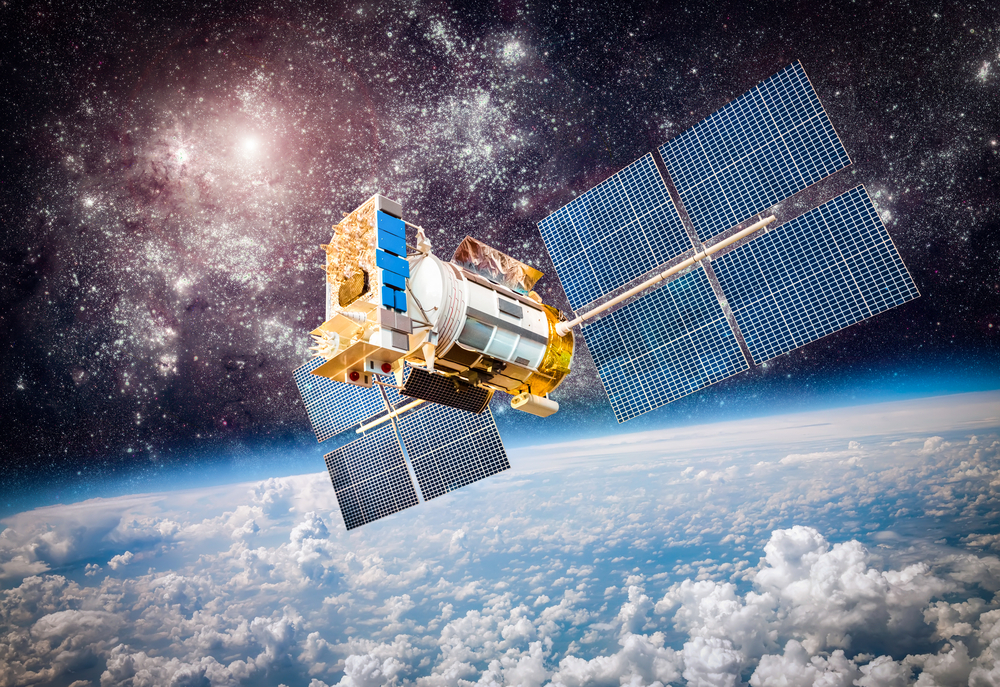The new cadmium telluride cells have been tested in space for 6 years
(Rinnovabili.it) – Realize Photovoltaic systems in space Producing energy to send to Earth is not a utopia. If the various space projects launched in recent years were not enough to attempt the first approach, new research in this sector has now proven its feasibility. In a joint initiative, researchers from the Universities of Surrey and Swansea, both in the United Kingdom, tested the orbit New cells are light, economical, efficient and long lasting. The experiment lasted a full six years, five years longer than expected, and showed that the team’s thin-film photovoltaic cells could withstand a vacuum, harsh space thermal conditions, and powerful ionizing radiation.
In detail, scientists at the Solar Energy Research Center at Swansea University have made a new development Cadmium telluride (CdTe) solar cells.a material that is not without critical problems but relies on ultra-thin and economical photovoltaic modules.
CdTe was chosen for good reason: for space photovoltaic power plants to be practical and economically beneficial, they must use cells with very high specific powers (i.e. energy per unit mass – watts/kg) and at a very high cost per watt. Less than the modules used in traditional solar energy systems (which are mostly based on crystalline silicon).
Read also Solar panels in space, wireless photovoltaics in orbit and working
The dream of large photovoltaic systems in space
Cadmium telluride solar cells, although they require more space, ensure lightness, strength and economy. But the real question the researchers asked themselves was: Will the technology also withstand the challenging space environment? To answer this question, the Swansea team deposited CdTe directly onto ultrathin glass qualified for space use. Thus, it created four prototype solar cells, which became part of the experimental payload, developed by CSER and the Sari Space Center (SSC), for the technology test launch of the Algerian Space Agency (ASAL) and the British Space Agency. We are talking about the AlSAT-1N CubeSat, which was sent into orbit on September 26, 2016.
“We are very pleased that a mission designed to last one year is still operational after six years.”“, commented the professor with satisfaction Craig Underwood, from the University of Surrey. “This detailed data shows that the panels withstood the radiation. Its thin structure did not deteriorate under the harsh thermal and vacuum conditions of space. Ultra-low-mass solar cell technology could lead to large, low-cost solar power plants deployed in space, sending clean energy back to Earth. “Now we have the first evidence that the technology works reliably in orbit.”
The research was published on Acta Astronautica (English text).

“Internet trailblazer. Travelaholic. Passionate social media evangelist. Tv advocate.”







More Stories
James Webb mapped the weather of an exoplanet
“Earth will be unrecognizable”, watch the video of what our planet will look like in 250 million years
“The illness has changed my discipline. I have always been physically strong.”